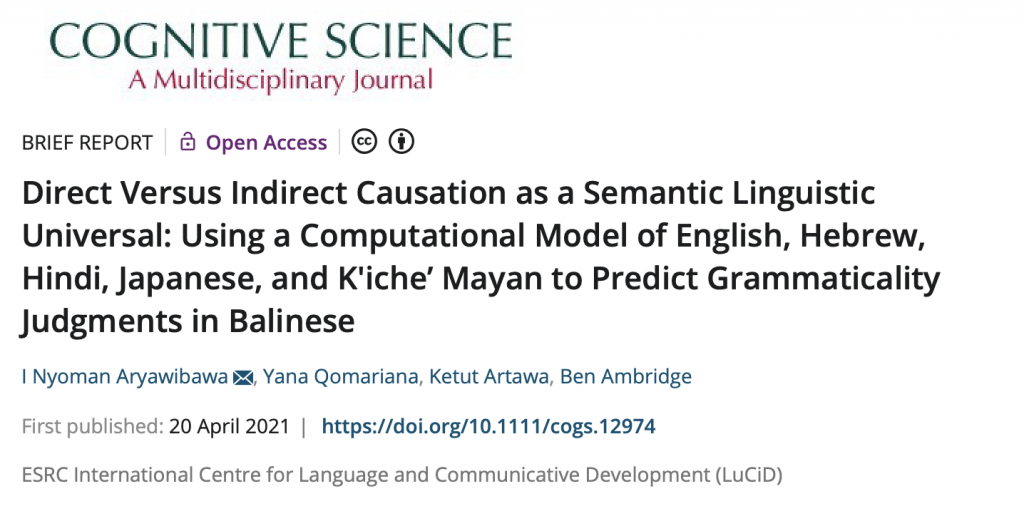By I Nyoman Aryawibawa (Principal Investigator)
The study is being run testing three hypotheses: (1) the verb-semantics hypothesis (Pinker, 1989; Shibatani & Pardeshi, 2002) starts from the assumption that the distinction between verbs that allow (or prefer) less-versus more-transparent causation (e.g., break, move, roll, spin vs. laugh, cry, fall, disappear) is not arbitrary, but reflects the semantics of those verbs; (2) the entrenchment hypothesis (Braine & Brooks, 1995) saying that repeated occurrences of a particular verb root (e.g., laugh) contribute to an ever-strengthening probabilistic inference that it cannot be used grammatically in structures in which it has not yet appeared (e.g., *The clown laughed the man; the transitive-causative); a kind of rational Bayesian inference from absence (e.g., Hsu, Horng, Griffiths & Chater, 2016); (3) the preemption hypothesis (Goldberg, 1995) basically says that the use of a particular verb in a particular target structure (e.g., laugh in the less-transparent structure, as in *Someone laughed the boy) is deemed increasingly ungrammatical on the basis of occurrences of this verb in a nearly-synonymous competing structure (e.g., the more-transparent structure, as in X made Y laugh).


